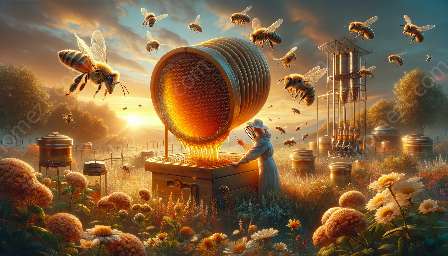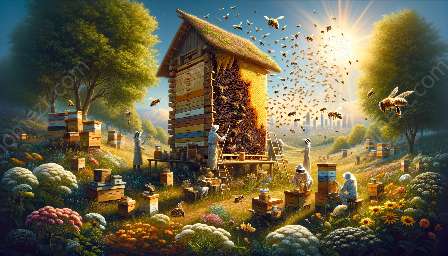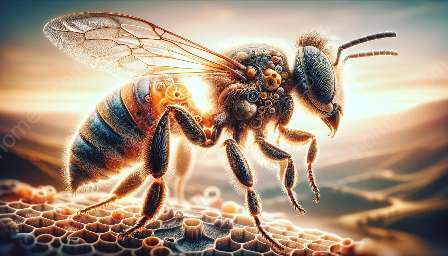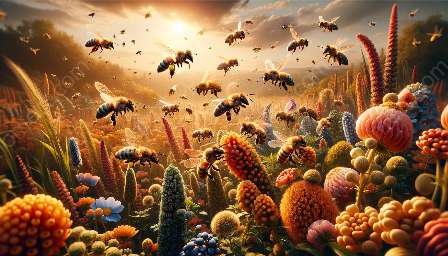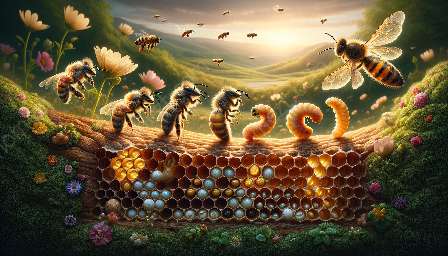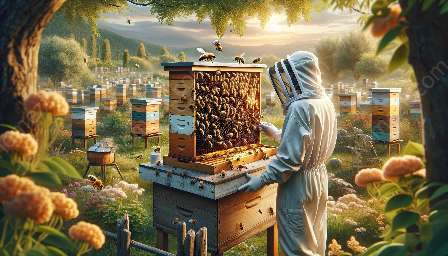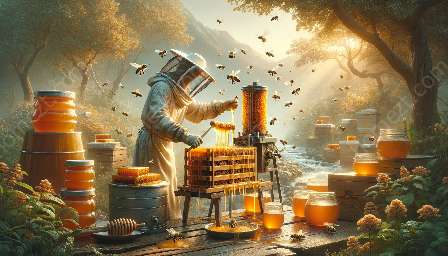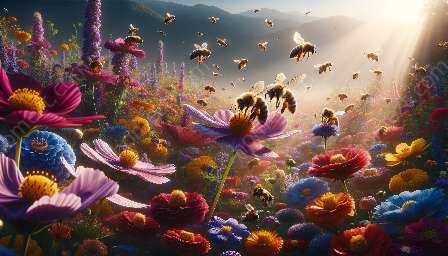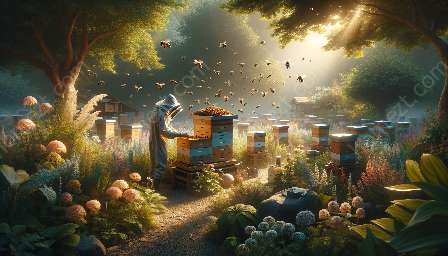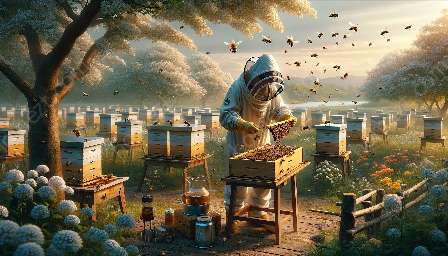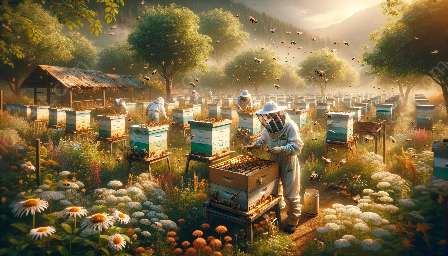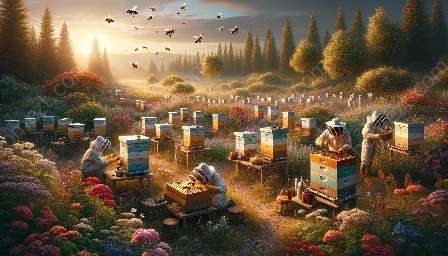Bee diseases pose a significant threat to the health and well-being of bee colonies. As pollinators, bees play a crucial role in ecosystems and agriculture, making it vital to understand the impact of diseases on their populations and how to effectively control pest infestations.
Common Bee Diseases
Bee diseases can manifest in various forms, affecting adult bees, larvae, and the overall colony. Some of the most common bee diseases include:
- American Foulbrood (AFB): A bacterial disease that primarily affects larvae, leading to foul-smelling brood and eventual colony collapse.
- Varroosis: Caused by the Varroa mite, this parasitic infestation weakens bees and spreads viruses within the colony.
- Nosema: A fungal infection that impacts the bee gut, affecting their digestion and overall health.
- Chalkbrood: This fungal disease affects bee larvae, causing them to mummify and die, ultimately resulting in weakened colonies.
Impact of Bee Diseases
Bee diseases can have devastating consequences, leading to reduced pollination, honey production, and colony survival. Additionally, the spread of diseases within bee populations can contribute to wider ecological imbalances, affecting flora and fauna that rely on bees for pollination.
Pest Control in Beekeeping
Effective pest control is critical in maintaining healthy bee populations and preventing the spread of diseases. Integrated Pest Management (IPM) strategies offer sustainable and environmentally friendly approaches to managing pests in beekeeping operations. These may include:
- Monitoring: Regular monitoring of bee colonies for signs of disease and pest infestations enables early intervention and control measures.
- Biological Controls: Introducing natural predator species or beneficial organisms to control pest populations without harmful chemical interventions.
- Cultural Practices: Implementing hive hygiene, proper spacing of colonies, and habitat management to reduce the risk of diseases and pests.
- Chemical Treatments: When necessary, using approved chemical treatments judiciously and according to best practices to manage specific pests and diseases.
Protecting Bees and Biodiversity
Protecting bees from diseases and implementing sustainable pest control measures is crucial for safeguarding their role as pollinators and preserving biodiversity. By promoting awareness, education, and responsible beekeeping practices, we can contribute to healthier bee populations and a thriving natural environment.


